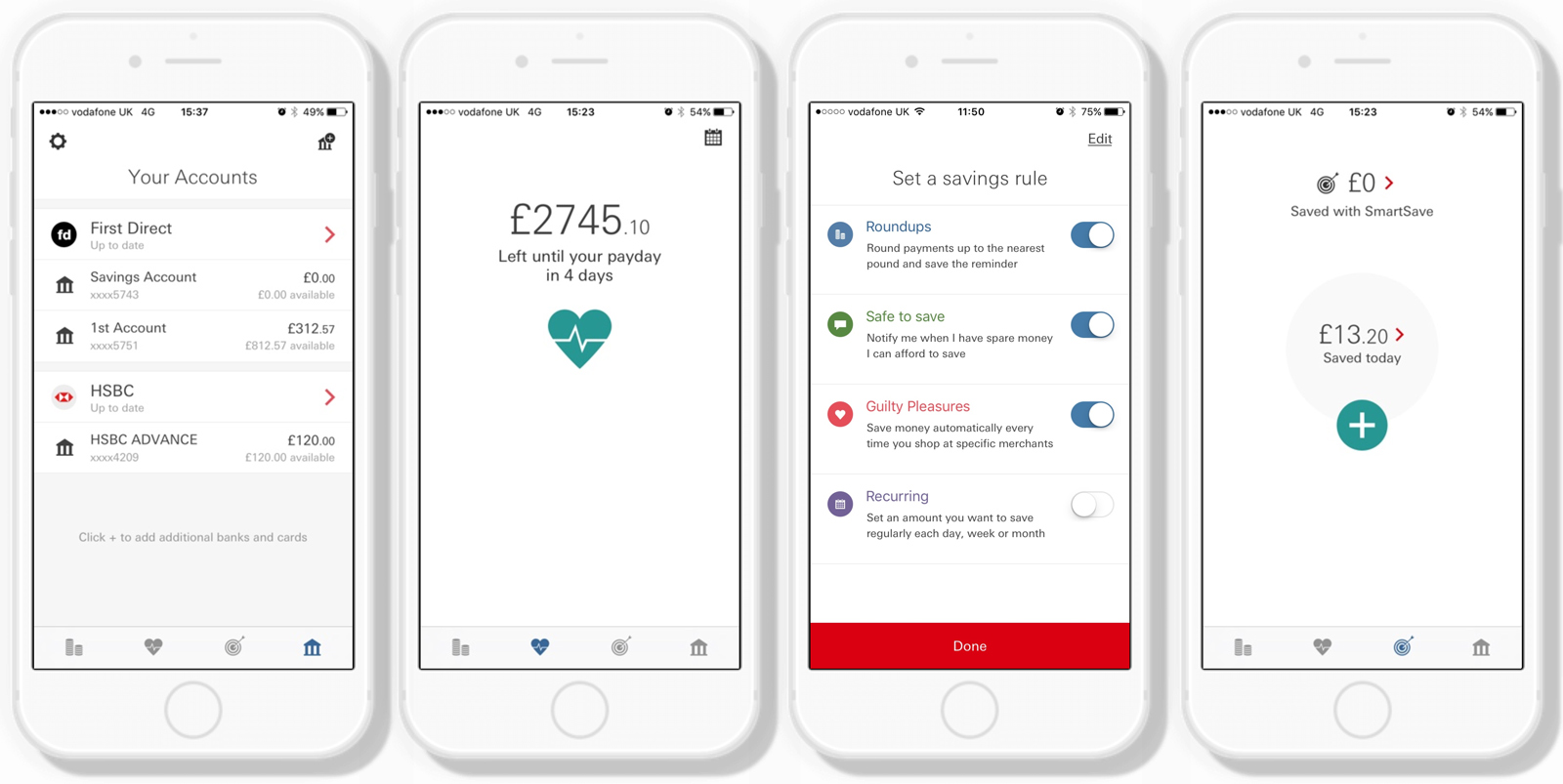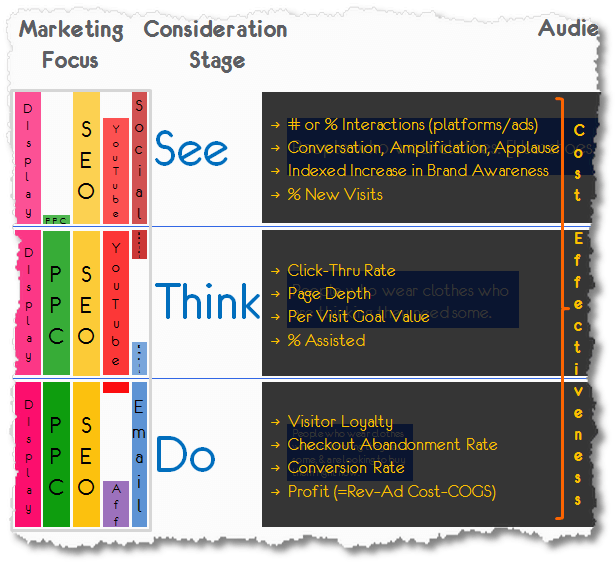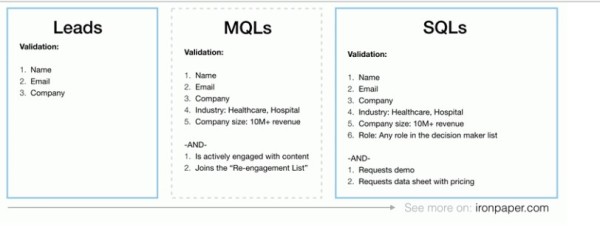
The history of mankind has shown us that we as humans are constantly on the lookout for finding ways to make our life easier. This started a long time ago, when man had the need to stay warm and not suffer during cold nights and colder winters, thus man learned how to create fire, and create clothing to stay warm.
Today, the same concept is alive as we’re constantly looking for ways to make our life easier. For example, trying to get places faster (Uber), avoid things we dislike to eat (Checking Yelp), connecting more often with the people we like (Social Media), getting the best value for our money (Amazon, Walmart), and the list goes on.
When it comes down to business, we’re also trying to make our businesses run smoother, more efficient, hiring the correct team members, etc. Yet, many things come down to finding ways to save time and money, because time = money.
I’m always looking for ways to save time, and work more efficiently. So here’s a few ways that you can save time on your daily marketing and sales business tasks.
How to save time on your sales and marketing tasks
The first thing you should know is being more efficient relies on having the right tools, managing your time wisely and following an organized process.
When it comes to sales and marketing, there are plenty of online tools to help you save time. This may include complete CRM and automation software like HubSpot, InfusionSoft, and AgileCRM, as well as web-based sync tools such as Zapier for 1-to-1 data transfers between two apps.
Contacts Management
1. Saving your Gmail contacts into your CRM
If you’re like millions of people who use Gmail as their main e-mail client, you’re in luck! By choosing to use a web-based software to check your e-mail, you’re pre-qualified to easily share your Gmail contacts with hundreds of other web-based apps.
Long gone are the days where you had to export your contacts into an Excel CSV file, to then have to import that list into your sales software, such as a CRM. Today, you can automatically sync your Gmail contacts directly into a web-based CRM. Depending on your software of choice, the sync can happen both ways (Gmail to CRM, and CRM Gmail), and can happen as quickly as every 5 minutes, to maybe once a day.
I interact with all my contacts through Gmail, which conveniently also syncs with my Android phone. Thus, as soon as I save a new contact on my phone it will be on my Gmail list of contacts, and then once I have my sync setup, those contacts are automatically copied into my CRM, so that I can write notes about that contact, create follow-up tasks, and much more.
Below is a screenshot of how AgileCRM syncs my Gmail contacts through a 2-way sync

2. Connecting with your e-mail contacts on LinkedIn
Ever wonder if that person whom you’ve been e-mailing back and forth really is? Have you created a picture in your head of what they might look like in real life, but don’t have the time to look them up online?
Recently, I was introduced to a great Google chrome extension that searches on LinkedIn for the profile of the contact I’m e-mailing with based on their e-mail address, and conveniently shows me their profile’s basic information such as photo, title, and company they work for. It also lets me send them an invitation to connect on LinkedIn, which saves me lots of time in trying to figure out who this contact is, what their title might be, etc. Of course, if I want to dig deeper, I can press the link to view the contact’s full profile, which opens up his/her LinkedIn profile on a new tab on my browser.
This extension is called Rapportive, and this is how it looks inside Gmail.

3. Saving new online store customers to your CRM
For most small businesses, their online store is an isolated web system that works on its own, and it’s not connected to their contacts’ database, CRM, E-mail software or accounting system. This means that every time they want to save their online customer’s information into another system, they usually need to export their customer’s list into an Excel CSV, and then manually import it back into another system.
Frustrating right? Having to waste so much time doing this manually is boring and time-consuming. Yet, thanks to Zapier.com, you no longer have to worry about that! Zapier is a web-based tool that lets you sync data from over 500 web-based apps with each other, it’s the Holy Grail of data synchronization between different systems.
Zapier facilities the transfer of data/information from 25+ E-commerce platforms into many of its 700 other apps that it connects with. For example, this means that anyone could easily setup a sync (called “Zaps” in Zapier) to transfer their BigCommerce store customers information into their MailChimp e-mail campaign. Then, every time you have a new online store order, that new customer is not only saved on your store’s database, but can also be stored in the other system you use.
4. Saving new clients into your accounting system
The next place where you can send your online store’s customers’ information is into your accounting system. If you’re an early adopter of web-based tools, you might be using Quickbooks Online, Freshbooks or Xero to manage your company’s accounting.
If that is the case, you can also use Zapier to create a sync to transfer your store’s customers’ information directly into your accounting software so that you can quickly create new invoices and avoid having to re-type your client’s information on a new Invoice.
In the following screenshot, you can see how our company sync data from our AgileCRM account into our Quickbooks online account, just another example of how a “Zap” you can help you save time.

Now let’s switch topics a bit and talk about how you can save time on sales related tasks.
Sales
5. Creating follow-up tasks and reminders
One of the greatest advantages of using a CRM system is the ability to keep track of all the tasks you have as part of your sales process. If you work in sales, you know that there are many repetitive tasks that you do every day, so imagine the potential of saving a few minutes or seconds off each task. Sounds great, right?
Automating the creation of follow-up tasks through the use of a CRM, is a great way for you to save time on each task that you have to create for each potential client you’re in touch with. Some CRM systems let you create triggers and workflows that help you automate the creation of these tasks, so you don’t have to worry about reminding yourself to contact that person in the near future. The CRM will remind you.
At our company, we automate this process in the following way:
When anyone fills out our online contact form on our website, their information and notes are automatically saved into our CRM. Additionally, we created a sync process that also adds a new “Follow-up” task for that new contact, and automatically assigns that task to one of our sales team members, with a due date that’s 7 days from the day the contact fills out the form online.
Here’s how the follow-up task shows up on our AgileCRM system

6. Sending follow-up e-mails to your leads
Tired of having to write the same e-mails, or very similar ones to your contacts sales prospects every day? If you’re like me, you frustrating just thinking about all the time it takes to write e-mails to so many people, and wonder if there’s a better way to do so.
There is a better way, and you can, in fact, save lots of time performing these repetitive daily tasks. A simple solution would be to pre-write a bunch of e-mails and save them on a Word document. You could then have the word document open all day on your computer, and be ready to easily find, copy and paste the e-mail you needed.
The other solution, a much more efficient one, is to save each of these e-mail templates into your CRM. Then, anytime you want to e-mail someone that “Same e-mail,” you can easily select an e-mail from your templates list, which loads it into your e-mail editor. Once loaded, you can customize your e-mail to your specific contact and then send it. This tip alone will save you lots of time in your life, so thank me later :-)
7. Making sure people received and read your e-mails
Ever wonder if that e-mail you send a few days ago was actually received by the person you sent it to? How about if they opened it, and how many times they opened it?
Many sales people spend lots of timing following up with people to verify whether they received an e-mail or not, and whether they viewed it or click on any of the links.
To save you the hassle, you could use a CRM or Gmail extension that will track all of your e-mails and tell you when the e-mail was opened (or not), when it was opened, how many times it was opened, and whether or not the reader clicked on any links.
Our AgileCRM system tracks all of this, just like many other CRM and marketing automation software. Yet, if you don’t want to invest on a fancy CRM and want to keep things simple, try using Hubspot’s Sales Chrome extension for Gmail (formerly known as SideKick), which will track all of your e-mails on their platform.
This is how the Hubspot’s e-mail tracking dashboard looks like

8. Scheduling meetings with people
Me: Hey how about we meet on Tuesday or Thursday at 10am?
You: No, I can’t at that time, how about Wednesday at 5pm?
Me: That doesn’t work for me either, let’s discuss other options.
Sound familiar? Are you spending too much time trying to schedule meetings? If you’re like most people, you either schedule your own meetings or have an assistant to do it for you. Want a third option? Well, in today’s world, there are plenty of online tools that will facilitate this process, so people can book an appointment with you easier, faster, and without you having to spend so much time on back and forth conversations.
Doodle, Assistant.to and Calendly are some of the most popular tools for these, and I encourage you to look into them to see which one will best fit your needs. At our agency, we use our built-in meetings scheduler via AgileCRM. This is how it looks:
Want to meet with me to discuss your company’s marketing challenges?
If you’re in San Diego, I invite you to book a meeting with me right now! Check out the meeting scheduler, which is synched with my real-time calendar.

9. Sending proposals to your prospects
Writing proposals takes a lot of my time, and I don’t think any sales person ever loved spending lots of time doing so. Before I tell you how you can save time on this process, let me be clear that we’re talking about writing a multi-page proposal, not a one-page quote. Quotes are easy to write and send, and there’s many tools for doing that already.
When it comes to proposals, most people I know write them in Microsoft Word. Yet Word isn’t really the best tool to customize, reuse and build proposals. For that, there are now web-based solutions specifically built to help sales and small business owners with this time-consuming task.
At our company we recently started using Proposify, and we love it. Proposify lets our sales team create as many templates as we want that can be easily customize later for each new client proposal. It also allows us to save sections or pages into a “Content Library”, so that when we want to create a new proposal template, we can easily reuse some sections (without having to waste time copying and pasting text, as we used to do when using Word). It even allows you to save specific paragraphs or text sections called “Snippets”, so that you can reuse those as well.
This is how our existing list of templates looks like inside Proposify

Marketing
10. Saving new website leads into your CRM
Another great way to save time in your daily sales and marketing tasks, is to save your new website leads directly into your contacts or e-mail system database.
Believe it or not, many small business owners who receive new leads or inquiries through their website, still get a simple e-mail with the contact’s information. They must then retype that person’s information manually into whatever other system they use, such as their accounting system, their e-mail software, or their CRM.
Instead, you can save time on this repetitive and time-consuming task, by automating this workflow. To do so, you must be create and use an online form in your website that can capture and save your contact’s information into a database (not just capture it and send you an e-mail). Once it’s saved on a database, you can then transfer or sync this information to some of your other system automatically, using tools such as Zapier.com
At our company, we create all of our online forms using JotForm.com and integrate the form’s data with our CRM system. So anytime anyone fills out a form on our website, the following automatic workflow is triggered:
- The contact’s information is saved on JotForm’s database
- An automatic e-mail is sent to me via JotForm, notifying me of a new website contact, while another is sent to the contact to confirm that we got his message.
- Then, though a multi-step Zap that we created on Zapier we sync the new contact’s info information into a new contact on our CRM, and add it’s notes/comments/questions into the “notes” section of the CRM.
11. Adding new leads to your newsletter e-mail list
Once your new website or phone leads are saved into your CRM, you’ll probably want to add them to your e-mail newsletter list. Instead of manually exporting and importing an Excel CSV file with your contact’s info, you can create another Zap on Zapier to automatically add all new leads into your main e-mail newsletter list.
- To set up such a sync on Zapier, you must choose a trigger that will start the set of tasks that should be completed in order to sync the data from your CRM into your e-mail system. At our company, we achieved this task in the following ways:
- When a new contact is tagged as “lead” in our CRM, the Zapier sync task is triggered.
- Once the Zapier task is triggered, Zapier connect to our CRM, checks to see which new contacts have been tagged with the “lead” tag.
It then copies the information of those new contacts’ name and e-mail into new contacts on our Mailchimp newsletter list.
12. Promoting your new blog posts on social media
Finally, you can also save lots of time on the time-consuming task of posting and engaging on social media. There are lots of tools out there that let you manage, schedule and monitor all your social media accounts from a single platform.
I highly recommend that if you’re serious about using social media as a marketing and sales tool, that you start using a professional social media platform to manage your activity. Such systems include HootSuite, Sprout Social, Sendible, Buffer and MeetEdgar
At our company we use Sendible, a UK-based company, which allows us not only to schedule posts and get reports, but also to set up auto reply tweets, monitor any keyword or phrase on social media, and much more.
Have any other ideas of how to save time on your sales and marketing? I’d love to hear your feedback, and invite you to leave comments below.




















 Today I have some marketing resources to help you improve your bottom line. Here’s four links with tips and tricks to kick start your Monday.
Today I have some marketing resources to help you improve your bottom line. Here’s four links with tips and tricks to kick start your Monday.






 Are webinars part of your inbound marketing plan? If they aren’t, they should be. Webinars can effectively showcase your company’s expertise, offer real-time interaction with prospects and offer advanced content once they are completed. Consider the following reasons to include webinars in your inbound marketing strategy.
Are webinars part of your inbound marketing plan? If they aren’t, they should be. Webinars can effectively showcase your company’s expertise, offer real-time interaction with prospects and offer advanced content once they are completed. Consider the following reasons to include webinars in your inbound marketing strategy. While all the major banks have pretty good online facilities, there's a whole breed of nimble startups using mobile apps and bank account data to create new, more personalised money management services. Hoping to learn some new tricks, HSBC announced...
While all the major banks have pretty good online facilities, there's a whole breed of nimble startups using mobile apps and bank account data to create new, more personalised money management services. Hoping to learn some new tricks, HSBC announced...

















































